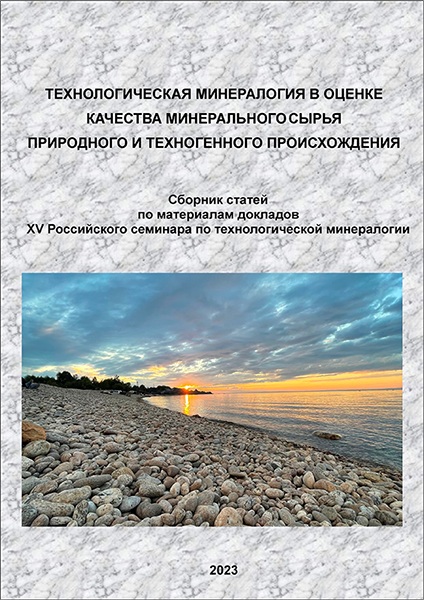Detecting phases in tungsten concentrates negatively affecting their quality
Abstract
We separated two samples of fine-grained and close-grained tungsten concentrates using gravitational and electromagnetic separation methods. The concentrates were obtained as a result of the enrichment of stale tailings of the Barun-Naryn technogenic deposit. The mineral and chemical composition of the initial concentrates and their fractions was studied using a complex of methods: optical-mineralogical, mineragraphic, powder X-ray diffraction, energy dispersive X-ray microanalysis (EDXMA), atomic emission spectroscopy and X-ray fluorescence. It has been shown that tungsten concentrates contain sulfur, which is a harmful impurity. Electromagnetic separation makes it possible to improve the quality of tungsten concentrates, remove negative phases and obtain several types of raw materials: grade 3 tungsten-huebnerite concentrate and scheelite carbide concentrate. A magnetite fraction was obtained, which in terms of the amount of iron corresponds to rich iron ores. A monazite-containing fraction enriched in rare earth elements (lanthanum and cerium) can be distinguished.

